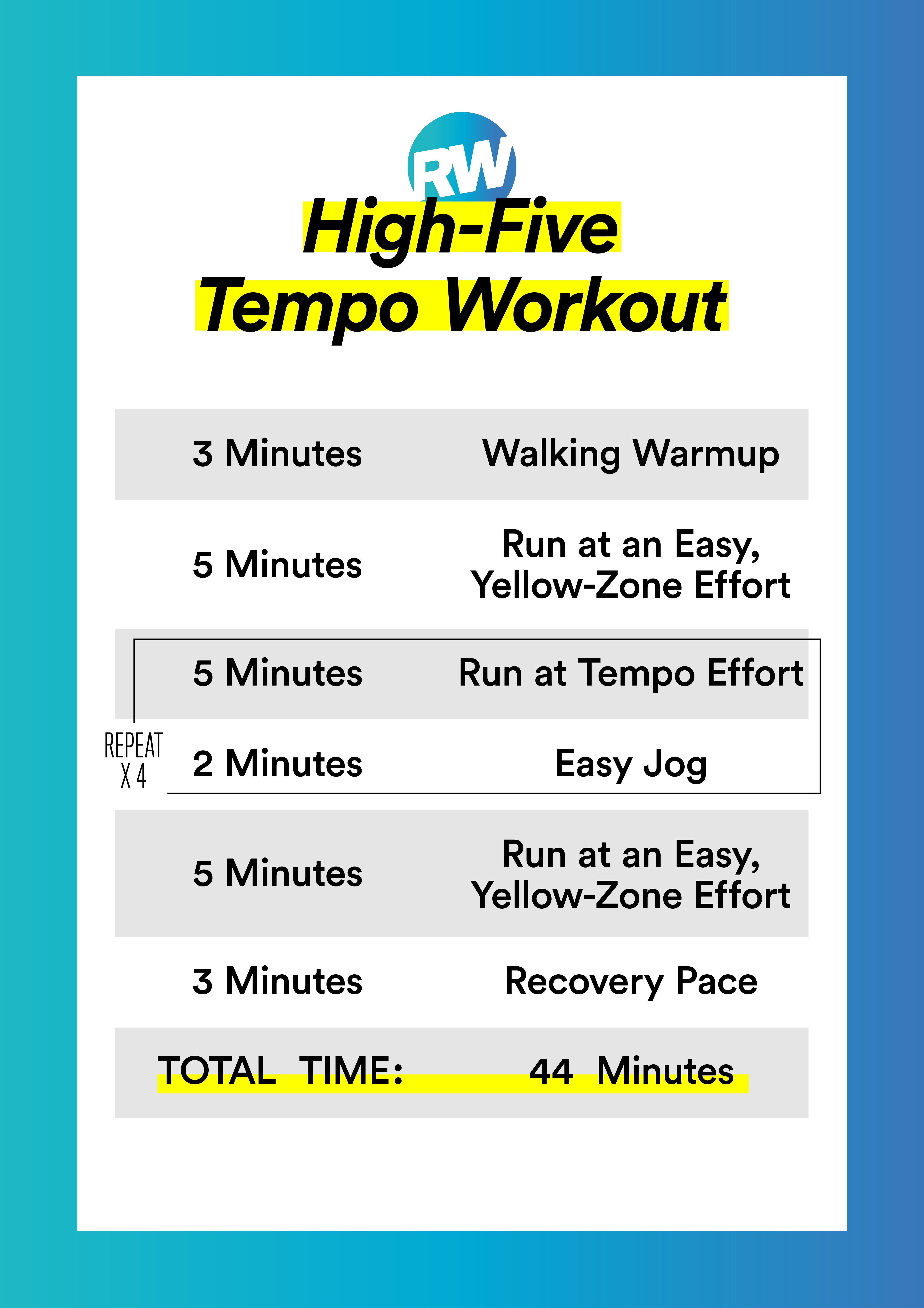Taking Care Of Typical Running Discomforts: Causes, Solutions, and Avoidance
As joggers, we frequently come across various discomforts that can prevent our efficiency and satisfaction of this physical task. From the incapacitating discomfort of shin splints to the unpleasant IT band syndrome, these typical operating pains can be discouraging and demotivating. Comprehending the reasons behind these conditions is important in effectively resolving them. By checking out the origin reasons for these operating pains, we can reveal targeted options and safety nets to make certain a smoother and extra meeting running experience (visit).
Typical Running Discomfort: Shin Splints
Shin splints, a typical running pain, usually result from overuse or improper shoes during physical activity. This condition, clinically referred to as medial tibial stress disorder, materializes as discomfort along the inner edge of the shinbone (tibia) and prevails amongst professional athletes and runners. The recurring stress on the shinbone and the tissues connecting the muscles to the bone causes swelling and discomfort. Runners that rapidly boost the strength or duration of their exercises, or those that have flat feet or inappropriate running techniques, are especially prone to shin splints.
To stop shin splints, people ought to progressively enhance the strength of their workouts, wear suitable shoes with correct arch support, and keep adaptability and strength in the muscular tissues surrounding the shin. If shin splints do take place, preliminary treatment involves remainder, ice, compression, and altitude (RICE) Additionally, including low-impact activities like swimming or biking can aid keep cardio fitness while allowing the shins to heal. Relentless or extreme instances may call for clinical analysis and physical therapy for reliable administration.
Common Running Pain: IT Band Syndrome
In addition to shin splints, an additional widespread running discomfort that professional athletes frequently experience is IT Band Disorder, a problem brought on by inflammation of the iliotibial band that runs along the external thigh and knee. IT Band Syndrome generally materializes as discomfort outside of the knee, specifically during tasks like running or cycling. The iliotibial band is a thick band of fascia that links the aware of the shin, and when it becomes irritated or limited, it can rub versus the upper leg bone, leading to pain and pain.
Joggers experiencing IT Band Syndrome may discover a painful or aching sensation on the external knee, which can aggravate with continued activity. Variables such as overuse, muscle discrepancies, incorrect running kind, or poor workout can add to the growth of this problem. To prevent and ease IT Band Disorder, runners should concentrate on stretching and enhancing workouts for the hips and upper legs, appropriate shoes, steady training progression, and addressing any type of biomechanical issues that might be intensifying the problem. Ignoring the symptoms of IT Band Syndrome can bring about chronic concerns and prolonged recuperation times, highlighting the relevance of early intervention and appropriate administration strategies.
Typical Running Pain: Plantar Fasciitis

Plantar Fasciitis can be credited to various elements such as overtraining, incorrect shoes, working on tough surface areas, or having high arches or flat feet. To avoid and ease Plantar Fasciitis, joggers can include extending workouts for the calf bones and plantar fascia, use helpful shoes, preserve a healthy and balanced weight to minimize stress on the feet, and slowly boost running intensity to prevent abrupt stress on the plantar fascia. If symptoms linger, it is advised to consult a healthcare specialist for correct medical diagnosis and treatment alternatives to resolve the problem successfully.
Typical Running Pain: Runner's Knee
After dealing with the challenges of Plantar Fasciitis, another prevalent problem that look at these guys runners frequently face is Jogger's Knee, a typical running pain that can hinder sports performance and create discomfort throughout exercise. Runner's Knee, additionally recognized as patellofemoral pain disorder, shows up as pain around or behind the kneecap. This problem is frequently credited to overuse, muscular tissue discrepancies, incorrect running methods, or issues with the alignment of the kneecap. Runners experiencing this discomfort might really feel a dull, hurting pain while running, rising or down stairs, or after long term periods of resting. To stop Jogger's Knee, it is vital to incorporate appropriate warm-up and cool-down routines, keep strong and well balanced leg muscles, use appropriate footwear, and progressively enhance running strength. If signs and symptoms persist, looking for advice from a medical care professional or a sports medication professional is recommended to identify the underlying reason and develop a tailored therapy strategy to minimize the discomfort and prevent further issues.
Common Running Pain: Achilles Tendonitis
Typically afflicting runners, Achilles Tendonitis is a painful condition that affects the Achilles ligament, triggering pain and possible constraints in physical task. The Achilles ligament is a thick band of tissue that links the calf muscles to the heel bone, crucial for tasks like running, leaping, and strolling - take a look. Achilles Tendonitis typically establishes because of overuse, improper footwear, inadequate extending, or abrupt rises in exercise
Signs of Achilles Tendonitis include discomfort and rigidity along the tendon, especially in the early morning or after durations of inactivity, swelling that worsens with task, and potentially bone spurs in persistent situations. To stop Achilles Tendonitis, it is necessary to stretch effectively previously and after running, put on proper footwear with correct assistance, gradually raise the strength of exercise, and cross-train to lower repeated stress and anxiety on the ligament. Treatment might involve remainder, ice, compression, elevation (RICE method), physical therapy, orthotics, and in extreme situations, surgery. Early treatment and appropriate treatment are crucial for taking care of Achilles Tendonitis successfully and preventing lasting complications.
Final Thought

Comments on “Running Workout Techniques: Strategies to Boost Stamina and Rate”